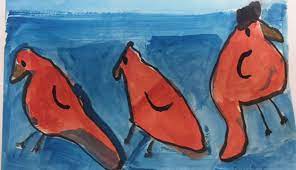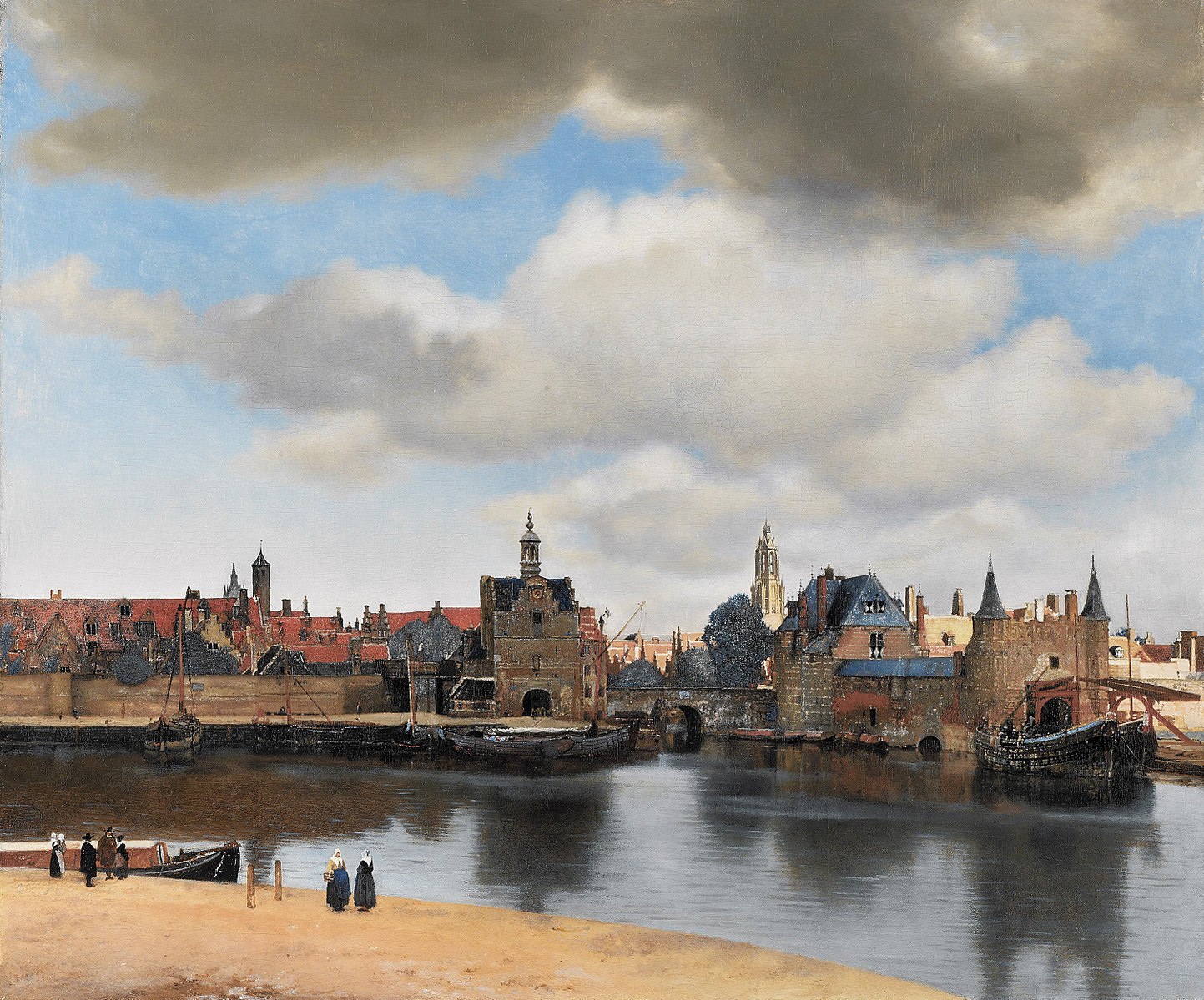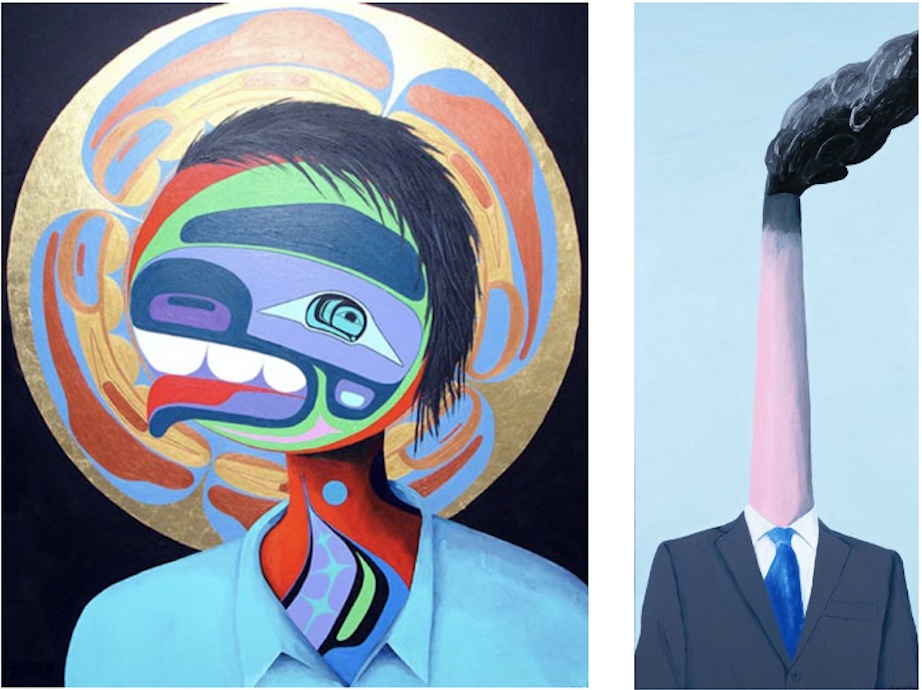HEALING THROUGH EXPRESSION



Art is therapeutic. Pick any academic study on the subject and it will validate the healing benefits of art. Those benefits come in many forms. There is the process, the feeling of creation, expression, the individual marks that the artist makes, and of course the finished product which is in itself an expression.
Art as a therapeutic tool can be used by just about anyone, no matter the age, skill level, or even intellect. Just about anyone can create, so there is a universal freedom that we all experience. That freedom is essential in that we all feel helpless for one reason or another. All people experience things that we have a hard time expressing. There can be many reasons why we don’t express ourselves, those reasons can include the unawareness of how to express, the concern of appropriateness, fear, confusion, or even in the case of some, an inability to identify and understand those feelings. Sometimes we find ourselves saddened, angry, or even enraged by situations beyond our control. Art allows people to express those feelings in a productive manner. It gives us the freedom to express our feelings of anger, frustration, grief, curiosity, and even joy. Art gives the artist the freedom to make their point. To be seen and heard.
Formally, or clinically, art has been used therapeutically, as a healing tool in treatment facilities and by professionals for a little over a hundred years. It was originally implemented as a tool for the therapist to facilitate analysis and conversation with the patient. Over time, it was learned that the act of creating benefited the artists by facilitating interaction, conversation, contributing to self-esteem (regardless of skill), and of course, the act itself, of getting into the zone and creating something out of nothing. Of expressing. Eventually, gallery and museum exhibits followed, showcasing ‘Asylum Art’ as it was then called. Such exhibits included art that was beautiful, sad and even frightening, all created for the purpose of expressing and healing. The labels aside, this too was therapeutic for the people who created the art in that it gave them recognition and acknowledgment and perhaps, some understanding from others.
Today, the arts are widely used as a healing tool, both in formal and informal environments and with different styles and techniques. Most senior living communities employ some version of the arts which are particularly helpful for people with dementia, as do many mental health treatment facilities, schools for children with special needs, some IEP’s, and even prisons. Healing through the arts has continued to gain popularity in the mainstream.
One reason is that art is so personal, there are almost no rules. The artist only needs to express and create. The beauty of the arts as a healing tool is that they can be practiced anywhere. As well as formal settings, there are also informal ones. One example of informal healing art is Street Art. While all cities have their share, Philadelphia is particularly rich in this art form which has evolved over many years. What we refer to as Street Art today, our culture used to dismiss as graffiti years ago. Street art evolved from ‘tagging’ to sketching, to informal murals to planned murals. Typically those who created street art were younger folks in the city who did not have a lot of opportunities for enrichment. This art form took off from simple graffiti dismissed as the work of bored teenagers to more elaborate creations. Now, murals that evolved from street art revitalize and beautify neighborhoods that have fallen onto hard times. The murals also serve as a point of pride for their neighbors as expressions of hope, aspirations, and a determination to grow. Those expressions are acts of healing. That artwork, continues to inspire, and yes, to heal.

